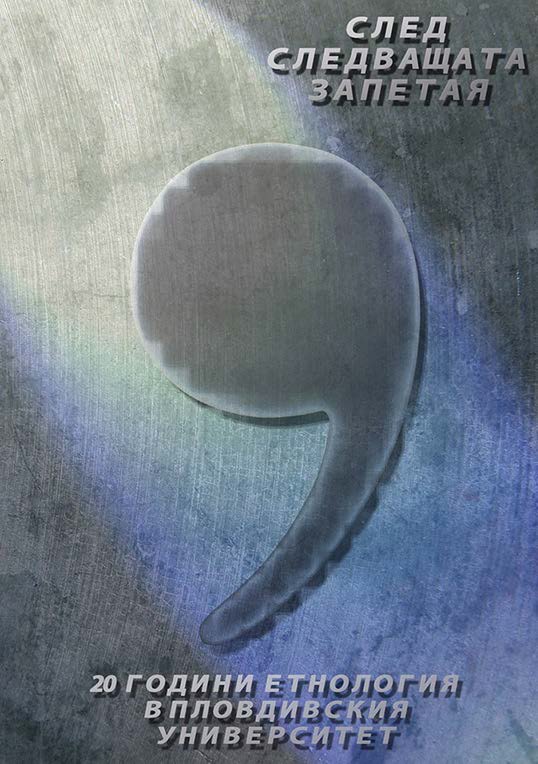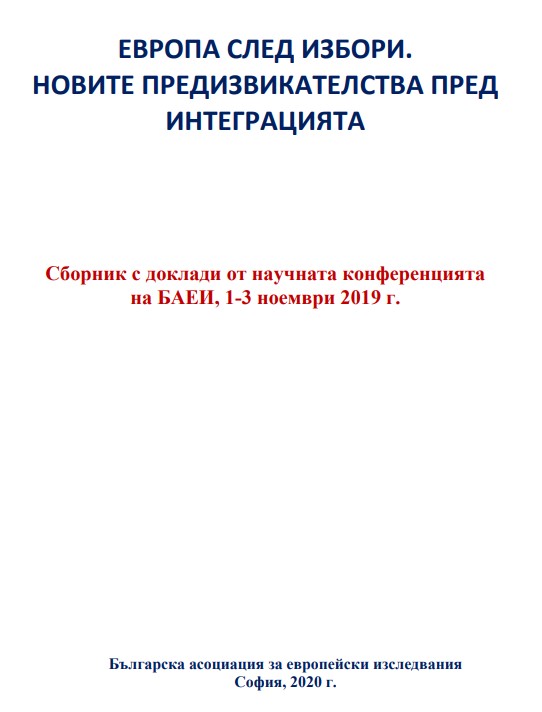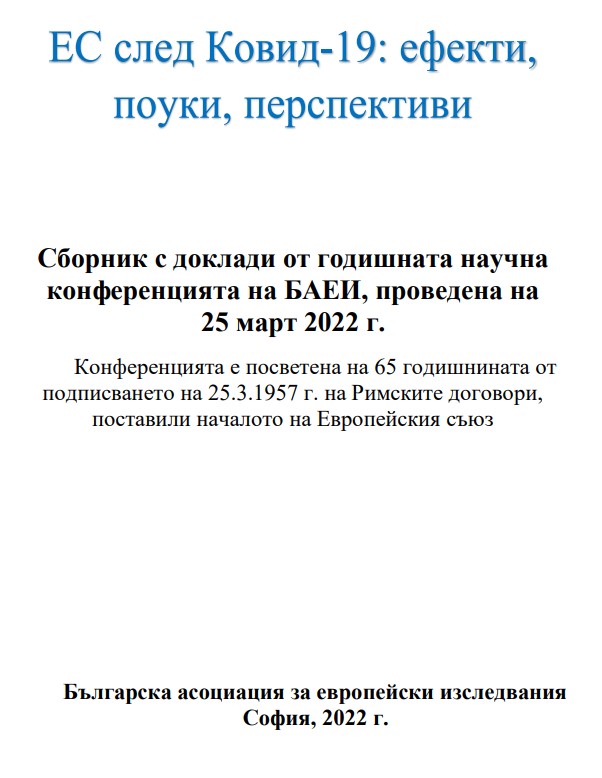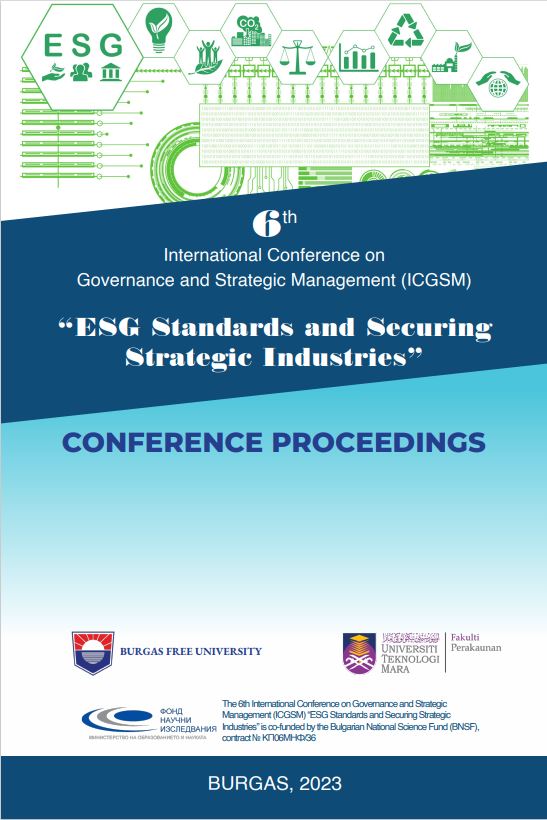
We kindly inform you that, as long as the subject affiliation of our 300.000+ articles is in progress, you might get unsufficient or no results on your third level or second level search. In this case, please broaden your search criteria.



The book is the result of the 1st National Conference on light pollution in an interdisciplinary approach (astronomical, ecological, educational and infrastructural). The authors explain the meaning of light, define the phenomenon of light pollution and describe the methods of its measurement, as well as show the impact of light pollution on living organisms and the benefits of setting up the so-called parks of the dark (starry) sky.
More...
The author explained the basics about light and lists its natural and anthropogenic sources. She presented the importance of light for human life, health, religion, economy, and linguistic associations of light and dark. Issues of the negative effects of excessive artificial light at night are also raised in the text.
More...
Light pollution is one of the most serious forms of environmental pollution. In terms of threat it is comparable to chemical pollution of air, water, or soil. What is light pollution? Why is it treated as a threat? How can it be minimized? The answers to these basic questions about light pollution are the basis for actions to reduce it. However, there are significant obstacles on the road to success. We still do not fully understand the influence of light and dark on nature and humans. Moreover, public awareness of the existence of such a form of pollution is low. Reasons for these obstacles are as follows: insufficient scientific research, insufficient transfer of knowledge to society, and the fact that light is usually not associated with threat in our culture.
More...
The intensity and localization of light sources are fundamental for investigation of the light pollution on a regional and global scale. Both of these parameters can be mapped effectively only by means of satellite remote sensing. Currently, the anthropogenic light emission is monitored by two operational meteorological instruments: the OLS sensor (Operational Linescan System) onboard the DMSP satellites, and the VIIRS sensor (Visible Infrared Imaging Radiometer Suite) onboard the Suomi-NPP. Supplements to the VIIRS and OLS are occasionally performed observations from High Sensitivity Cameras (onboard SAC-C i SAC-D satellites), and digital photographs taken by the astronauts of the International Space Station.
More...
This paper presents the new astronomical method, named the cometary method, developed to determine the brightness of the night, cloudless sky, and ultimately to determine the level of light pollution, on the basis of the widely available amateur observations of comets. Development of the comet observations, made in Poland in 1994–2009, has led to a positive verification of the known model map of the night sky brightness. Also, it was possible to find the level of light pollution in the selected observation sites, and also their classification. The nature of changes of the night, cloudless sky brightness in this period in various environments has been also identified and classified.
More...
This paper presents the results of over a year of night sky brightness measurements in ten selected points of the Cracow agglomeration. The measurements were carried out every day, in all weather conditions. This made it possible to formulate a number of conclusions as to the effect of the atmosphere on the brightness of the night sky and the associated light pollution. Large database of measurement data also helped to draw some conclusions of statistical nature. The itinerant measurements in the Cracow agglomeration allowed to determine the range of the light island of the agglomeration and compare it to the modeled light pollution of the area, presented by Cinzano et al. (2001).
More...
The modern way of life in developing countries leads to environmental degradation in urban and suburban zones. One specific parameter of this degradation is light pollution due to intense artificial night lighting. The source of this pollution can be a street light or building illumination. This paper describes a methodology for estimation of light pollution using photographic techniques. Additionally, presented methodology allows in a different periods for dynamic evaluation of the phenomenon. The outputs for this analysis are a series of sky luminance distribution in urban and rural zones and results of zenith brightness.
More...
The progressing growth of cities and increasing number of streetlamps has made artificial lightning not only an annoying neighbor to astronomical observatories but also a factor impacting the environment. It modifies the circadian rhythm of many animal species, and it causes hormonal, morphological and behavioral changes in many invertebrate and vertebrate animals, including humans. Plants do not remain indifferent to excess light either as they are the organisms most sensitive to changes in light intensity and length of exposition. The ecological problems connected with light pollution necessitate quantitative evaluation of this peculiar anomaly. The aim of this publication is to show the current research and state of knowledge concerning behavioral changes in selected groups of organisms exposed to excessive lighting.
More...
Life on Earth is related to its rotations, introducing the diurnal and seasonal changes experienced by all living organisms. Among the environmental signals, the photoperiod is one of the most important cues responsible for the timing of the diurnal and seasonal rhythms and ensuring their synchronization to the annual geophysical cycles. The circadian system, entrained to the day-night cycle, allows organisms to anticipate and adapt to the 24-hr daily cycles of the environment, ensuring that behavioral and physiological responses occur during right temporal niche. On the other hand, the pineal gland, a neuroendocrine organ existing in all vertebrates, is a structure responsible for translating these environmental information into a chemical message understood by the cells and tissues within the body. This message consists of the pineal hormone melatonin, synthesized and released from the pineal gland in the rhythmical fashion. Light is a factor inhibiting activity of the pineal gland while during the nocturnal darkness melatonin is synthesized and released to the blood. Melatonin consists of a message of darkness and therefore it acts for an organism as „a clock and calendar”. In the modern society, having enormous benefits from the omnipresent electricity, the darkness at night is vanishing because of the light pollution steadily increasingly. Facility of the transmeridian traveling, shift-work and activity 24/7/365, as well as using numerous instruments emitting different wavelength light enormously improves our life but, on the other hand, all these factors can alter human physiology, and in particular its circadian organization. Desynchronization of the internal rhythms from each other and decoupling them from the local environment could be one of the mechanisms underlying the adverse effect of light pollution on the wild life ecology and human physiology contributing to the etiology and affects the risk of several human disorders.
More...
Peripheral areas, often lacking the industrial infrastructure, preserved an unpolluted environment, including the starry sky. The night sky is not polluted by artificial light of civilization. This natural resource should support the sustainable development of peripheral and marginalized regions. Dark Sky Parks (as tourist clusters) should conduct environmental education but also develop nature tourism (including astro-tourism) giving residents a source of income.
More...
During a geobotanical field research in April 2012, a group of students (Institute of Philosophy of Nature and Natural Sciences, Catholic University of Lublin) created a project of the astronomy trail. The purpose of this trail is to increase knowledge of the dark-sky protection, and to illustrate the degree of light pollution of the night sky in the municipality Modliborzyce. We chose and marked six stops of the trail, from the market in the center of the town to the mid-forest reserve Imielty Ług. The following degrees of the night sky have been established: City sky (class 7), Bright suburban sky (class 6), Suburban sky (class 5), Rural/suburban transition (class 4), Rural sky (class 3) and Typical truly dark sky (class 2).
More...
The history of the dark sky areas in Europe began on the 4th November 2009 in Jizerka – a small village situated on the „end of the world” – at the time of the creation of Izerski Dark Sky Park (Pol. Izerski Park Ciemnego Nieba – IPCN). And that was just the beginning. Today, the number of such areas in Europe exceeded ten, and some of these were created by inspiration of IPCN. They all have one common goal – to stop light „flooding” night. Achieving this goal requires public awareness of the effects of light pollution. Dark sky areas are ideal for this task, because observing the beautiful night sky is the starting point for talking about light pollution. However, these areas are not only dark but also they have become a destination for astro-tourists. Izerski Dark Sky Park is a part of the astro-tourism project Astro Izery that combines tourist attraction of Izera Valley and astronomical education under the magnificent starry Izera’ssky. Besides the IPCN, the project consists of a set of simple astronomical instruments (gnomon, sundial), nature trail „model of the solar system” and astronomical events for the public.
More...




